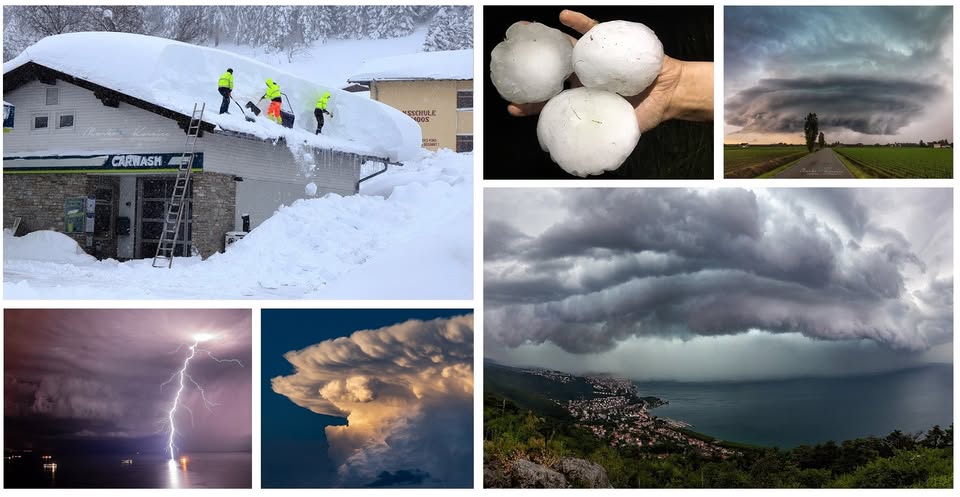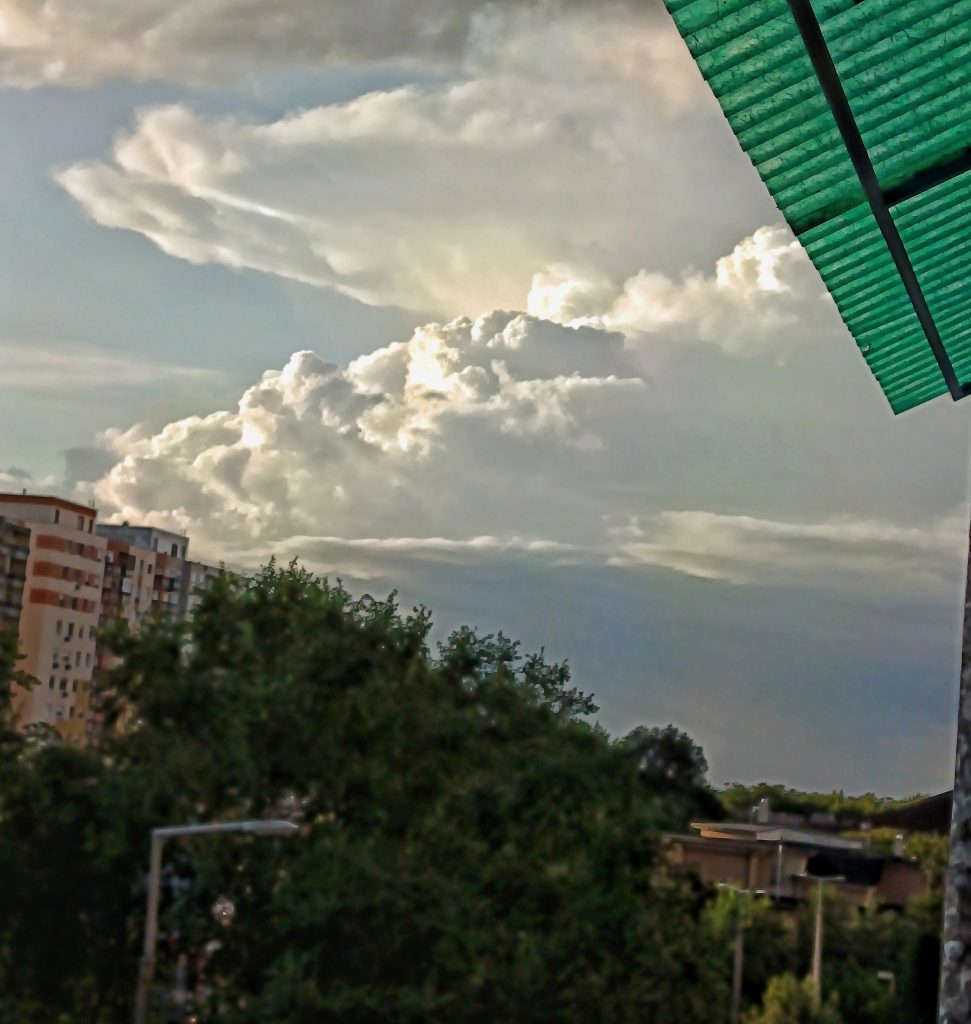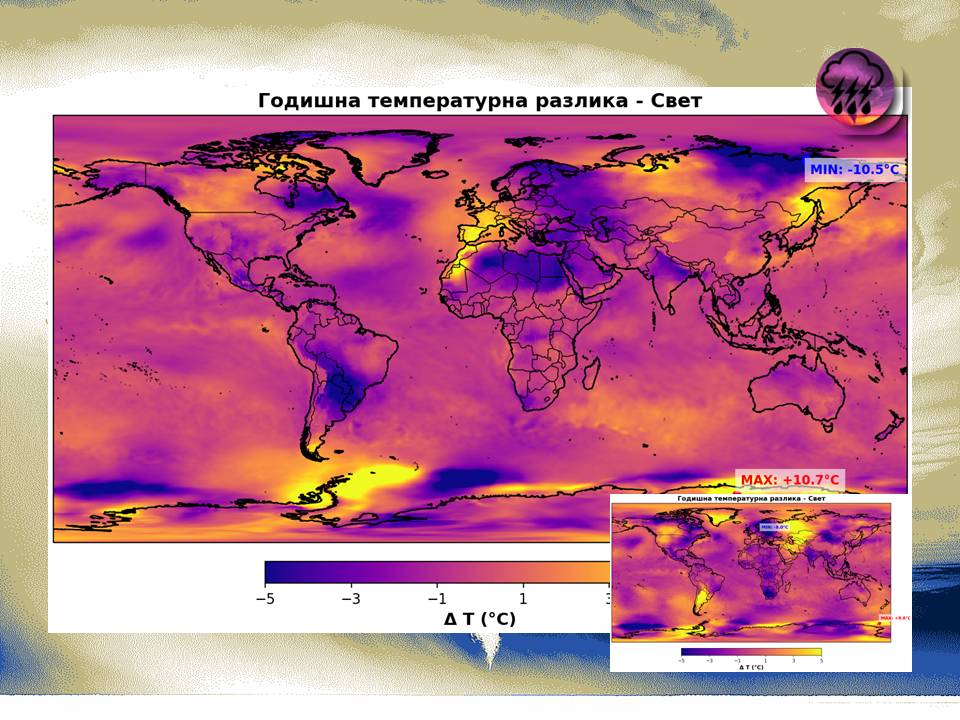
By [SV-HOTNEWS24H] | July 20, 2025
As much of North America enters the peak of summer, an extreme weather event is set to return: a powerful Heat Dome is forming once again over the eastern and central United States, with forecasts predicting dangerous, prolonged heat stretching into Canada by the end of July.
What Is a Heat Dome?
A Heat Dome occurs when a high-pressure system traps warm air underneath it, like a lid on a pot. The sun’s heat intensifies, and with little cloud cover or wind, the heat becomes stagnant. This leads to prolonged periods of dangerously high temperatures, often accompanied by drought conditions, wildfires, and strain on energy grids.
Meteorologists warn that this heat dome will behave similarly to the early-July version that triggered record-breaking temperatures across Texas, Oklahoma, and the Southeast.
Where Is It Heading?
According to recent models:
- The core of the heat dome will settle over the Midwest and East-Central U.S. starting early next week (July 22–25).
- States including Illinois, Indiana, Ohio, Pennsylvania, and parts of New York are expected to see temperatures exceeding 100°F (38°C).
- The heat is projected to expand northwestward into the Great Lakes, southern Ontario, and even parts of Quebec and Manitoba before July ends.
The western edge of the heat dome may eventually circle back into the Plains and Southwest, raising concerns about fire weather and water shortages.
Health & Safety Concerns
The National Weather Service (NWS) and Environment Canada have issued heat advisories and excessive heat warnings, urging residents to take the following precautions:
- Stay indoors during peak afternoon hours (12–4 p.m.)
- Hydrate frequently
- Avoid strenuous activities
- Check on vulnerable populations (seniors, children, those without A/C)
Emergency cooling shelters have been activated in multiple cities including Chicago, Detroit, and Columbus.

Power Grid & Wildfire Risk
The North American Electric Reliability Corporation (NERC) has issued alerts regarding possible rolling blackouts in high-demand regions. States like California and Texas, already dealing with strained grids and wildfires, may experience intensified risk as the heat dome shifts westward again in early August.
Meanwhile, wildfires in Arizona and parts of Colorado—especially the Dragon Bravo Fire in the Grand Canyon—are expected to grow under the dry, hot conditions.
Climate Context
Experts are linking this event to El Niño-related shifts in jet stream behavior and long-term warming trends. According to NOAA, the U.S. has already experienced its hottest June on record, and July is trending in the same direction.
“This is no longer an anomaly,” said Dr. Marie Leduc, a climate systems researcher. “Heat domes are becoming more frequent, more intense, and more deadly.”

Final Thoughts
The return of this Heat Dome is a stark reminder of how rapidly our climate can shift—and how unprepared many regions still are to deal with extended periods of extreme heat.
Governments and citizens alike are urged to stay informed, stay cool, and stay safe.